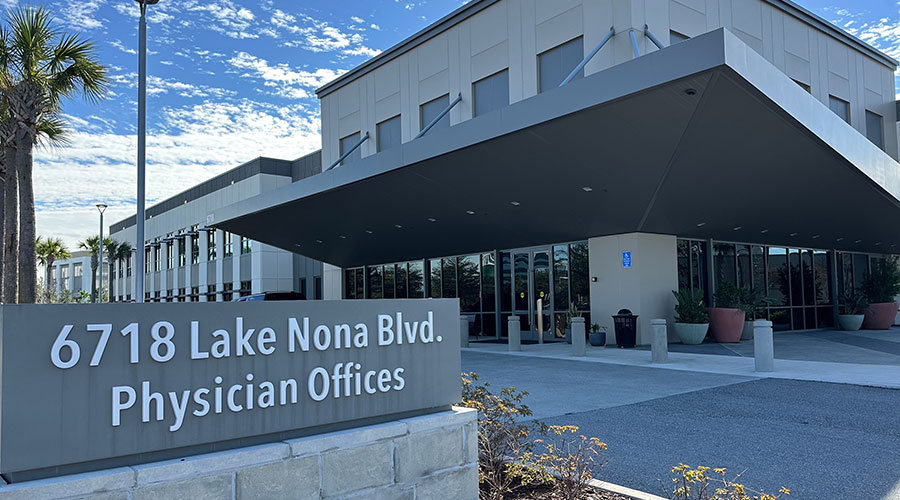I recently attended the 2015 Healthcare Call Center Times Conference, and a highlight for me was a keynote with results from their opening keynote, “Results Just In: The 2015 Healthcare Call Center Survey and What It Means for Us” by Daniel Fell. The findings validated challenges we see with our healthcare customers, and I wanted to amplify two key messages in this post.
1. Legacy systems create limitations
Most healthcare facilities have long-established call centers, with 93% being run in-house. This is good news in terms of being close to the customer, but it also means reliance on tight hospital budgets for much-needed investment to modernize call center technology. This is problematic not just for today, but also the future, as 90% expect their services will increase and 77% expect staff levels to grow.
Furthermore, 74% expect their role will become more important, which ties to the second message of this post.
Operationally, however, the data shows that call centers are not well equipped for what’s coming. Agents are still telephony-centric, making limited use of other modes such as chat. Voice is highly personal, but costly and not very efficient in terms of the business processes around delivering efficient service. A key reason cited was the complexity of scheduling appointments across locations and routing calls accurately. Reporting systems are limited, making it difficult to identify where the problems lie and where to find the proper data to support business cases.
In short, healthcare call centers – still transitioning to the term contact center – are not as automated as they need to be, and that has a major impact on both staffing levels and the quality of patient service. Equally important, they are struggling to adapt to the multichannel environment that allows agents to communicate with patients in their preferred mode – email, chat, text, etc. – and this is increasingly becoming a driver of the customer experience.
2. Not focused enough on delivering business value
One problem is the Administration does not always understand the impact the contact center has on the business and what kind of efficiencies and cost savings are at their fingertips. For example, the data shows that 84% of patients keep their appointments when reminded, and readmissions are reduced by up to 25% when discharge follow-up information is communicated effectively. Patient needs and expectations are only going to become more demanding as patients become more tech savvy, and call center agents don’t have the right tools to keep pace right now. Their infrastructure needs updating, as do the skills needed by agents, especially for multichannel communications. A nurse or agent that is excellent in providing care over the phone may not be a great communicator via chat or email.
A key change needed will be a shift in focus from conventional call center KPIs – response time, abandon rate, etc. though still important – and embracing newer metrics that address the delivery of a standardized patient experience like Patient Satisfaction, First Contact Resolution, and Level Zero Solvable. Business value comes from leveraging data from across the healthcare environment so the agent can meet patient needs in an efficient manner. Hospitals are starting down this path by implementing WFM and QA applications, but more work is needed to find ways of sharing information and making it accessible in real time to agents.
This process will take time, and it was encouraging to see the research make a strong connection between the needs of call centers and management. The more closely they are aligned, the better patient outcomes will be, and hopefully that will support the business case for investment to transition call centers into contact centers.
Scott Logan is the director of marketing for Enghouse Interactive.

 Sunflower Medical Group Facing Lawsuit Following January Data Breach
Sunflower Medical Group Facing Lawsuit Following January Data Breach Nemours Children's Health Opens New Location in Lake Nona
Nemours Children's Health Opens New Location in Lake Nona Enhancing Safety at Hennepin Healthcare with a Screening System
Enhancing Safety at Hennepin Healthcare with a Screening System Healthcare Workers Outside Butler Memorial Hospital for Increased Workplace Safety
Healthcare Workers Outside Butler Memorial Hospital for Increased Workplace Safety TriasMD Set to Open DISC Surgery Center at Carlsbad
TriasMD Set to Open DISC Surgery Center at Carlsbad